Mulching cucumbers in a greenhouse or open field is an effective way to increase yields and protect crops from weeds or dryness. This process helps prevent soil destruction, improve soil structure and quality. The term "mulching" itself means coating the soil to improve its properties. As a coating, both natural materials and artificial analogues are used. Organic include sawdust, wood shavings, plant debris, hay, grass. Natural mulch requires constant renewal - it attracts insects, which gradually eat up the protective layer. But, decaying, it turns into fertilizer for the soil. An alternative is gravel, pebbles, polyethylene and other materials intended for sheltering the soil.
Content
The benefits of mulching
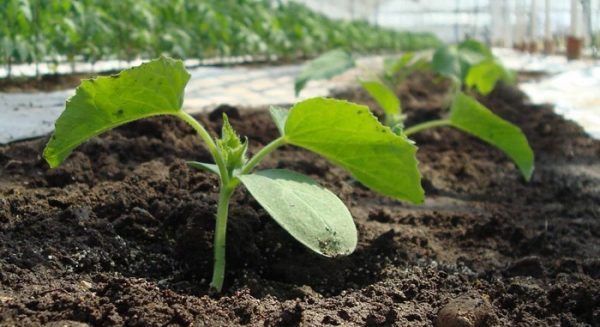
Mulching cucumbers in the open field helps maintain moisture and protects against temperature extremes. It is not necessary to mulch cucumbers in the greenhouse, but this gives its advantages. For example, you do not need to regularly weed the beds: they grow weeds much less. Water evaporates more slowly, and maintaining the correct moisture balance is much easier in a closed environment. Mulching in the greenhouse helps to prevent the drying of the earth and the formation of a dry crust.
Mulching gives:
- protection against temperature extremes and extreme climatic conditions: sharp cooling or long drought;
- improving the quality and quantity of fruits: mulching helps to significantly increase productivity;
- reduction in watering: the top layer retains moisture in the soil, so cucumbers can be left without care for several days;
- protection from the sun and drought;
- getting rid of weeds;
- saturation of the soil with air, the appearance of beneficial microorganisms: this reduces the need for hilling;
- preservation of nutrients that come with fertilizers;
- protection of the root system, which is located close enough to the upper soil layer.
Mulched cucumbers do not need hilling. Plants get more nutrients that are not washed out from the cultivated soil. Fruits are much less susceptible to rot and disease, and their taste after mulching becomes better.
 You may be interested in:
You may be interested in:Main steps
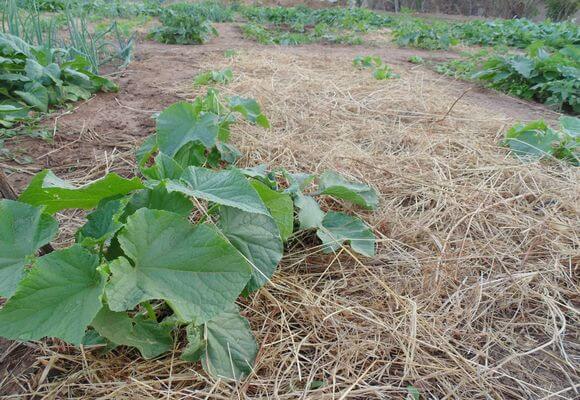
Proper observance of the sequence allows you to get the maximum benefit from the process and not harm the cucumbers. The beginning of spring is suitable for the procedure, when the soil is already warm, but still wet. To understand how best to mulch cucumbers in a greenhouse or open ground, the planting method helps. There are three options:
- completely when all crops are covered with mulch evenly;
- in rows when individual rows of landings take refuge;
- nests when the mulch is laid out around the plant in a circle.
At the first stage, you need to clean the earth: get rid of weeds and the old layer of mulch, which has remained from last season. After this, you need to leave the site for a while and allow to dry.
The second stage is loosening the soil.It is necessary to dig the top layer to a depth of 10-12 centimeters. You can immediately choose the type of mulch: organic or not, as well as the method of coating plants and the type of planting.
The third stage is laying out the mulching layer. A coating up to five centimeters thick must be laid out in an even layer on the beds, leaving the area near the sprout free. You can mulch directly those areas where plants are planted without touching the area between them. But even coverage across the entire bed is much more efficient.The fourth stage is work with culture. The mulch layer does not need regular watering: it needs to be moistened only once to start the composting process. After that, care for the plants is normal. Periodically, you need to raise the layer in order to timely detect the appearance of pests.
After the season, the layer of organic mulch turns into humus. It is better to destroy the remains of compost: viruses and pathogens can remain in it in sleep mode. If symptoms of diseases are noticed, then the layer of mulch together with the upper layer of soil must be removed. After disinfection, they can be reused.
Raw material selection
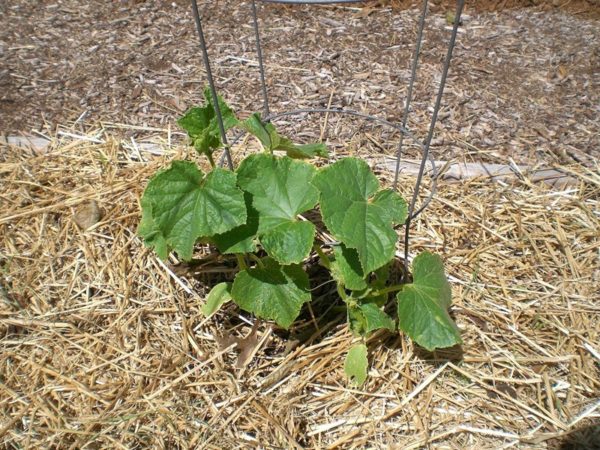
If your goal is to improve fertility, then it is better to choose organics so that mulching in a greenhouse or soil interacts with cucumbers. Inorganic coatings help preserve moisture and nutrients, which also indirectly contributes to increased productivity - but not so actively. But artificial materials can be used several times and they need to be updated during the season.
Manure and humus
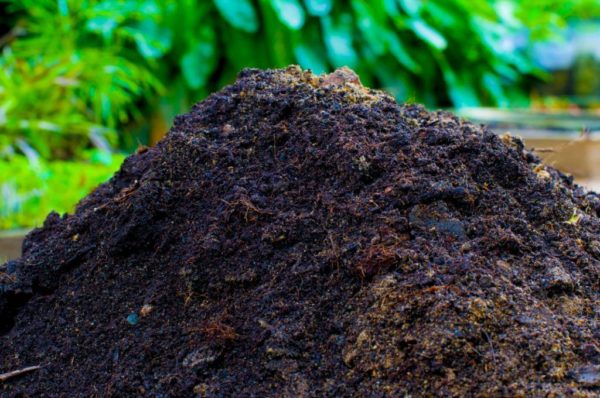
The most natural and nutritious materials that not only mulch the soil, but also saturate it with useful substances. Manure helps increase the concentration of nitrogen, which is important in the early stages of growth. Most often it is used in combination with hay, diluting by about half. Manure is suitable for cold regions where precipitation often occurs.
Compost is considered the best medium for the development of beneficial bacteria. The mulching layer rots faster, turning into humus and warming the soil. Well suited for cold days and prolonged rains. After the season, you can leave it on the beds as fertilizer material. Humus has similar properties. It also does not need to be removed from the garden in the fall.
Straw
This type of mulch keeps the optimum temperature well and prevents the formation of slugs in the garden. Putting the straw you need a fairly dense layer, a thickness of up to 10 centimeters. Fresh cutting is best suited; it does not slow down development. To get more benefits, for every 5 kilograms of hay you need to add 100 grams of superphosphate and urea, as well as 60 grams of potassium salt.
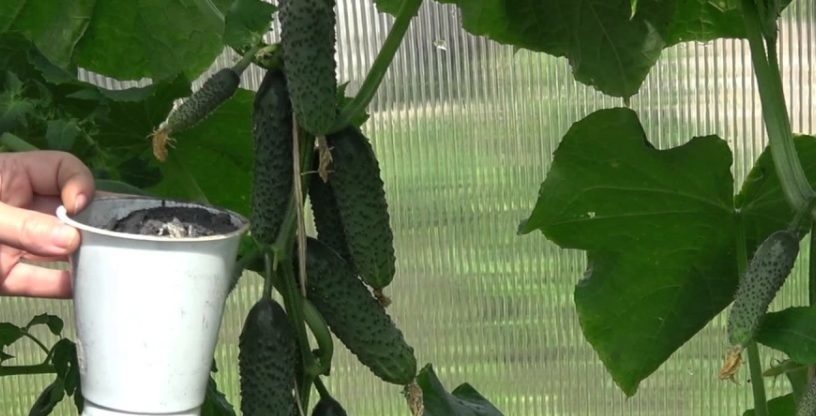 You may be interested in:
You may be interested in:Grass and leaves
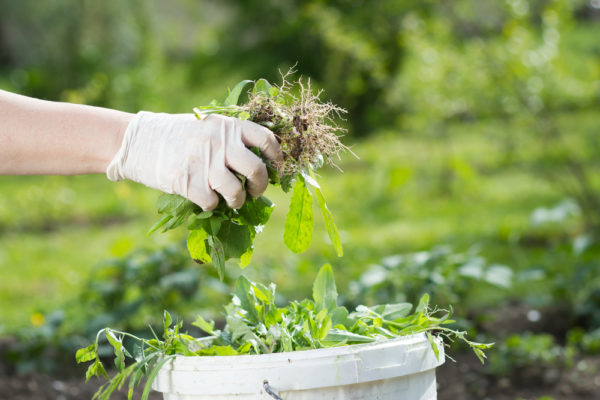
Many people wonder if it is possible to mulch cucumbers not with hay, but with freshly cut grass. Absolutely fresh material is not suitable: after collecting the grass, you need to let it lie down in the sun for some time, preferably several days. This is necessary to get rid of pests. Best of all, clover or nettle is suitable as a raw material: they are champions in the content of nutrients. The thickness of the layer should be about 7 centimeters.
Fallen leaves are also suitable for mulching, especially in the heat. They help control temperature, moisturize and retain soil.In rainy weather, it is better not to use such a cover: decay and development of the fungus may begin.
Peat
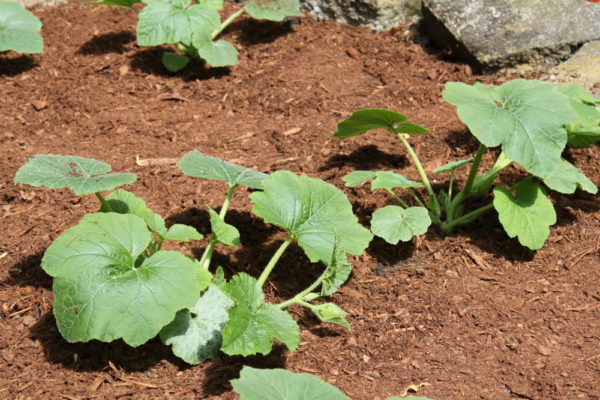
This fertilizer improves the structure of the soil, increases the concentration of moisture, disinfects the soil, saturates it with useful substances. Such mulching is laid in a layer of about 5 centimeters and left on the ground after the end of the season. In winter, peat prepares the soil, retains heat and nutrients in it.
Sawdust
For mulch, it is better not to use fresh material: it can draw nitrogen from the soil, which leads to a loss of green color, a slowdown in growth. Sawdust will come up when they are slightly caked and quail. It is also better to flavor them with solutions with nitrogen to avoid a deficiency of the substance. Sawdust is fertilized with urea: 400 grams for 6-8 buckets of raw materials. To do this, they are laid out on a film, sprinkled with a substance, poured with water, and then left for two weeks. The resulting mulch is laid in a thin layer of 2-4 centimeters. Sawdust is suitable for hot seasons when you need to increase soil moisture. So that the coating does not decay so quickly, you can use larger sawdust.
Film
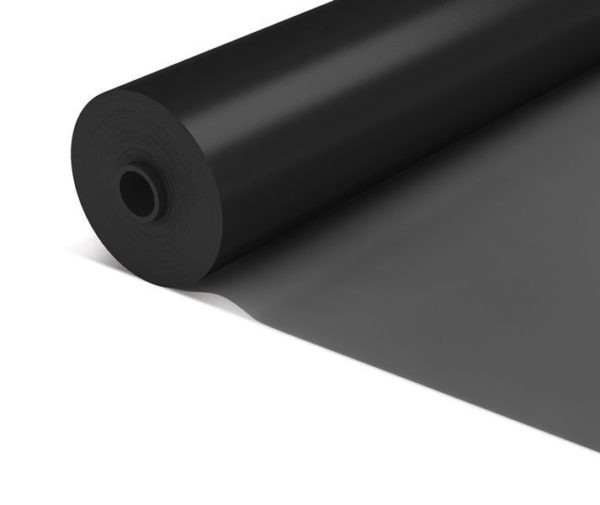
It can be white or black, solid or perforated. This inorganic material for mulching is most suitable for the northern regions. The film creates the strongest greenhouse effect, warming the earth and accelerating the process of plant growth. Additionally, polyethylene prevents weed propagation. After the first sprouts hatch, you need to cut holes in a dense canvas to give access to fresh air. Different types of films have their advantages:
- black - attracts heat, while blocking ultraviolet light, prevents the appearance of weeds;
- white - reflects the rays of the sun, preventing plants from overheating and getting burns;
- bicolor - for regions with a variable climate, it combines the advantages of both types;
- transparent - helps create a greenhouse effect while letting in light.
Black film is only good for cold regions with a little sun. Since the dark color attracts the sun better, plants can overheat or even get burned. To prevent this, you need to cover the beds with an additional layer of hay.
Paper and cardboard
An unusual but effective material for maintaining moisture, slowing down weed growth. Packaging cardboard is best suited for this purpose: it is denser, does not contain paint. The sheets need to be moistened, holes made in them, and then covered with crops. To prevent cardboard moving across the field, it is fixed with heavy objects: stones, pieces of metal.
Bulk materials
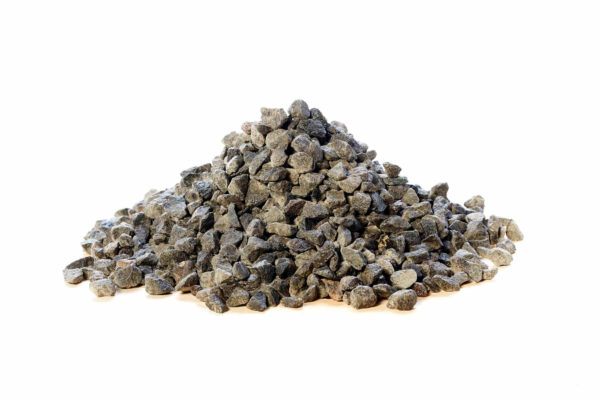
For mulching, crushed stone, gravel or expanded clay can be used. Such a layer can be used repeatedly, it does not need to be updated. It is important to organize protection for plants so that they do not come into contact with the mulching layer of leaves. Bulk materials are suitable for any region: they do not affect the soil, lie well and tightly cover crops.
Mulching errors
If you incorrectly approach the process of mulching, then you can harm the plants and the future crop. When choosing raw materials and the method of mulching, one must take into account climatic features, soil type, current weather conditions. Some types of raw materials are suitable for prolonged rains and cold climates, while others are suitable for hot and dry weather. There are several common mistakes that can harm landings:
- Contact of the mulching layer with the plant: this leads to the development of diseases, infections, and the transfer of infections. It is important to leave free space around the sprout.
- Fresh raw materials are not suitable for mulching, it rots, attracts pests, contributes to the appearance of slugs.
- Film and other inorganic materials are not suitable for hot regions where there is a lot of sun.The use of such mulch leads to burns and overheating.
- It is better to lay the mulch on warm soil, so you should not do this too early if the earth has not had time to get warm.
- Wood chips can swell too much, making it difficult for air to reach the roots. It is better not to use it in rainy weather.
It is imperative to lay the mulching layer on loose earth, cleaned of weeds. Organic materials quickly rot, so this layer must be regularly updated, at least twice a season. At the first signs of the disease, you must immediately remove the top layer to prevent the infection from spreading.
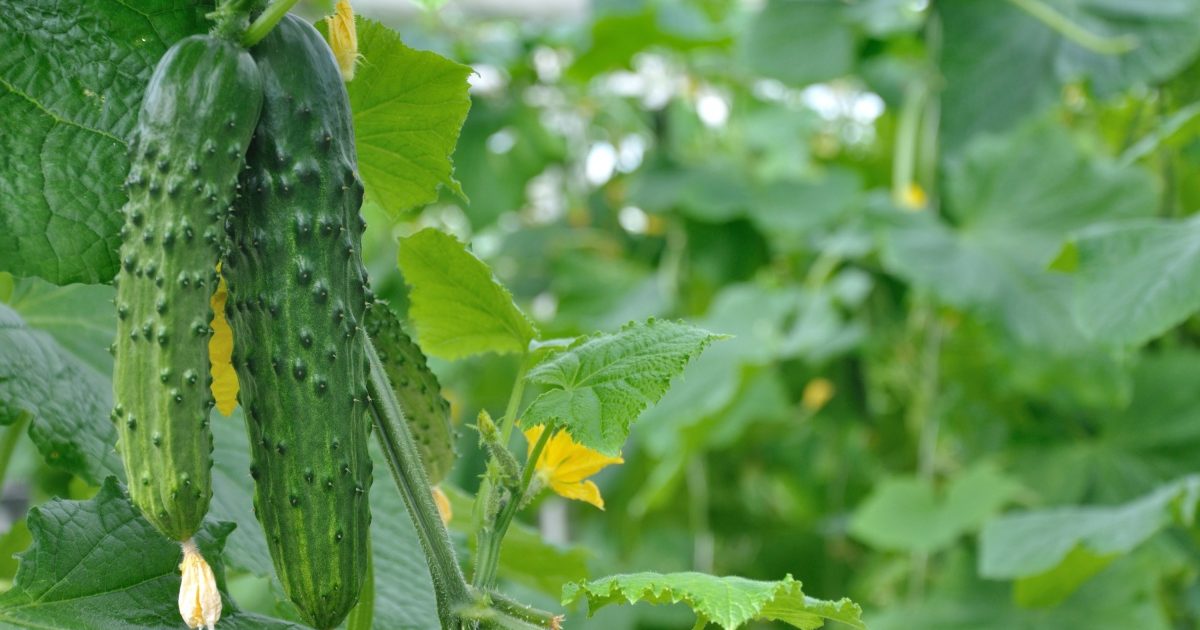 You may be interested in:
You may be interested in:Reviews
Anton, 42
I prefer to mulch cucumbers with natural materials: it is more environmentally friendly and helps increase yields. Most often I use mowed grass, you need to pour it in a fairly dense layer, leaving a small space around the cucumbers themselves. I mow it in advance and leave it to rest a bit. Recently I saw a video where the beds were mulched with cardboard: I am going to try this season.
Violetta, 54
In my opinion, the best mulch for cucumbers is gravel. I prefer to pour it on the beds at the beginning of the season, when the ground warmed up enough. Such material can be used repeatedly, it is easy to move, and it also looks beautiful, gives the garden a neat look. It is important that the cucumbers themselves do not cover the mulch layer, this leads to the appearance of a black leg. You need to fall asleep tightly enough, but occasionally raise it to assess the condition of the soil.
Sergey, 57
Mulching cucumbers is a useful process that makes them less likely to be taken care of. Moisture persists in the soil, the earth remains warm, so you can safely come to the cottage once a week and not worry about crops. I use film: transparent or black, depending on the weather. The main thing is to make holes in it so that plants have something to breathe.
Mulching is used to protect against excess moisture or drought, increase soil fertility, eliminate weeds and pests. It is possible to cover crops with inorganic materials - film, gravel, cardboard, and organics. The choice of natural raw materials is much more: hay, grass, humus leaves, hay, sawdust peat. Natural mulch is processed into humus, improving the soil. But inorganic materials can be used several times. If you follow the basic rules and recommendations, you can significantly improve the condition of the beds using mulching.




 Armenian cucumber with melon flavor: description and characteristics, reviews
Armenian cucumber with melon flavor: description and characteristics, reviews Do-it-yourself vertical beds for cucumbers: schemes, photos
Do-it-yourself vertical beds for cucumbers: schemes, photos Hollow cucumbers: reasons for the appearance of hollow, what to do
Hollow cucumbers: reasons for the appearance of hollow, what to do Which manure is best for cucumbers: application, how to breed
Which manure is best for cucumbers: application, how to breed